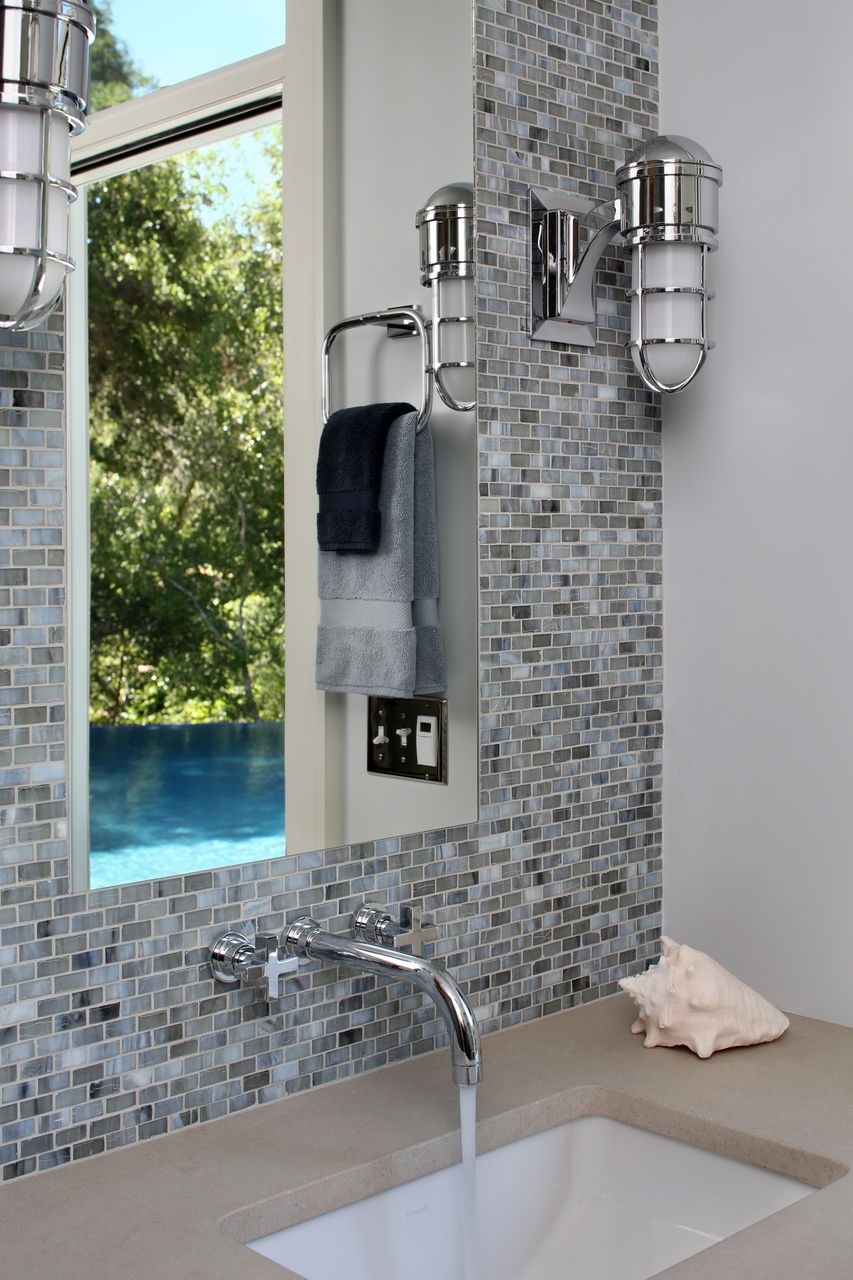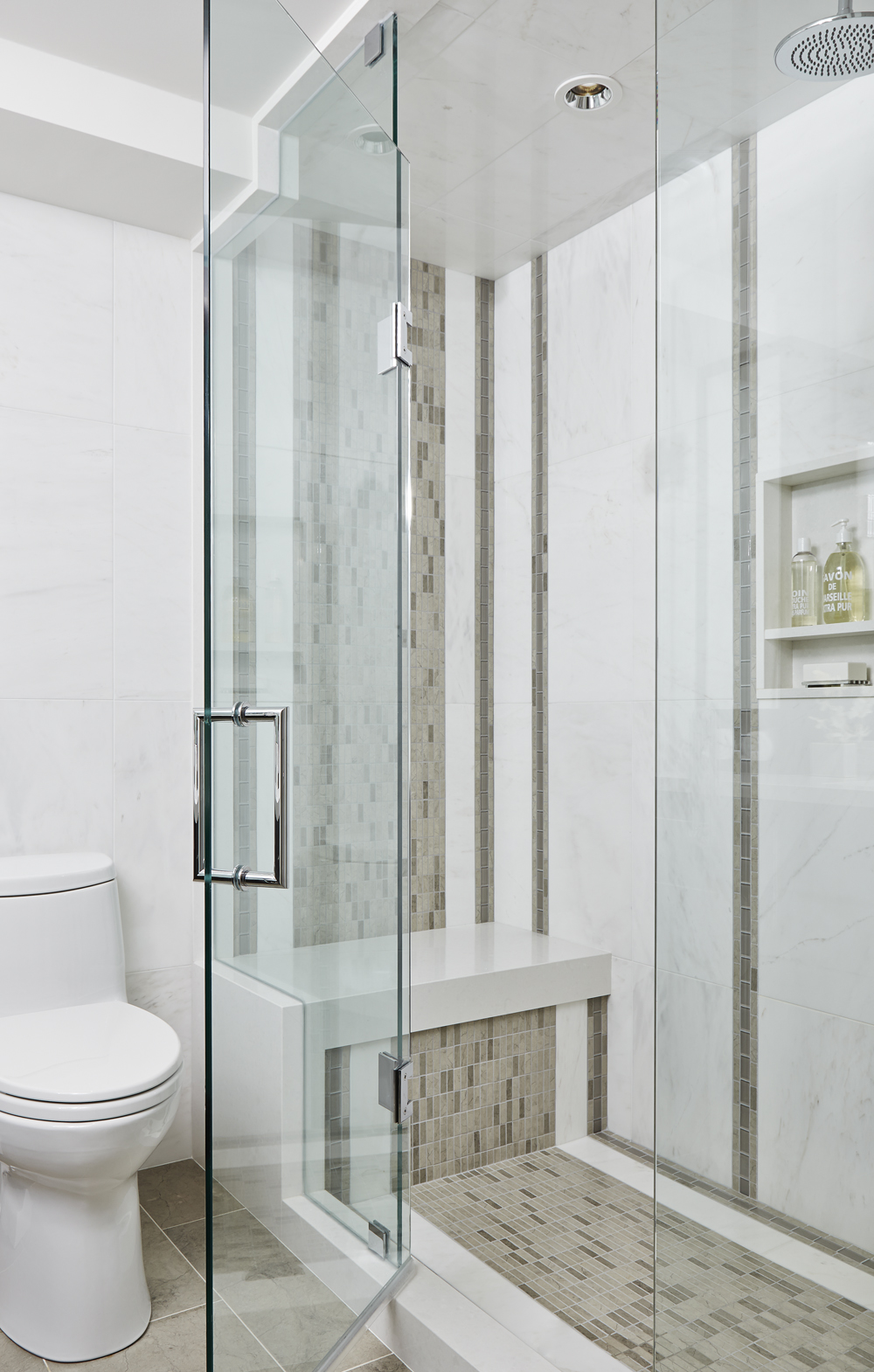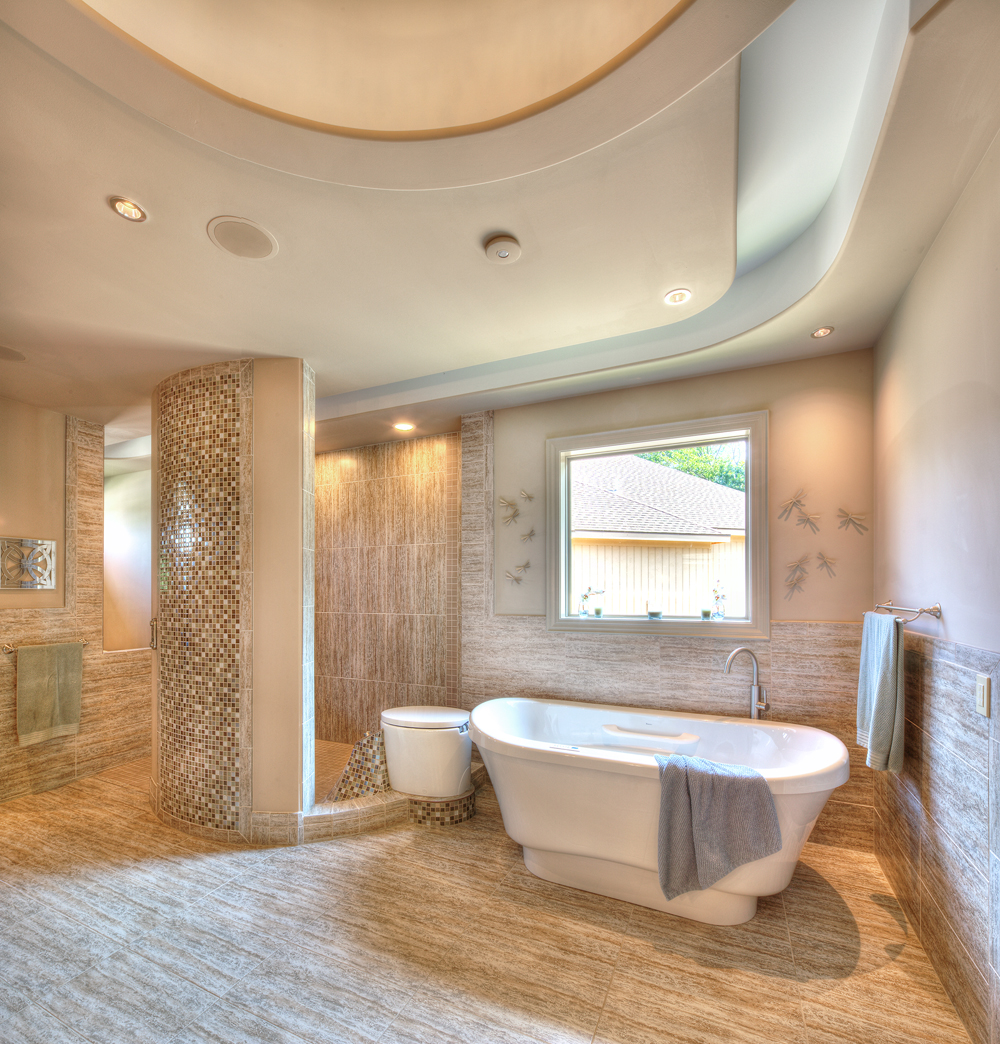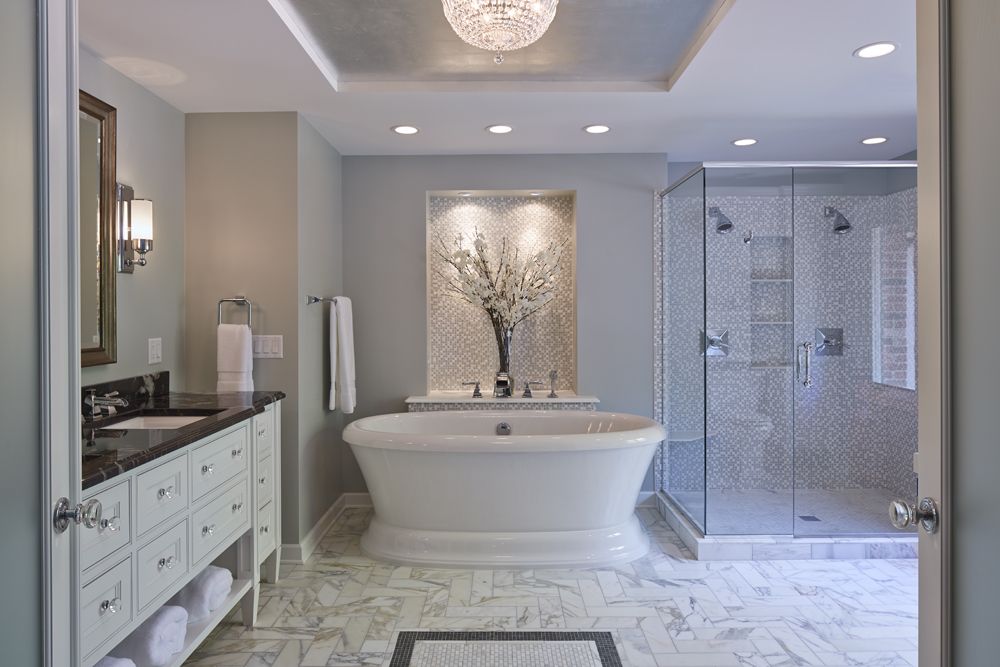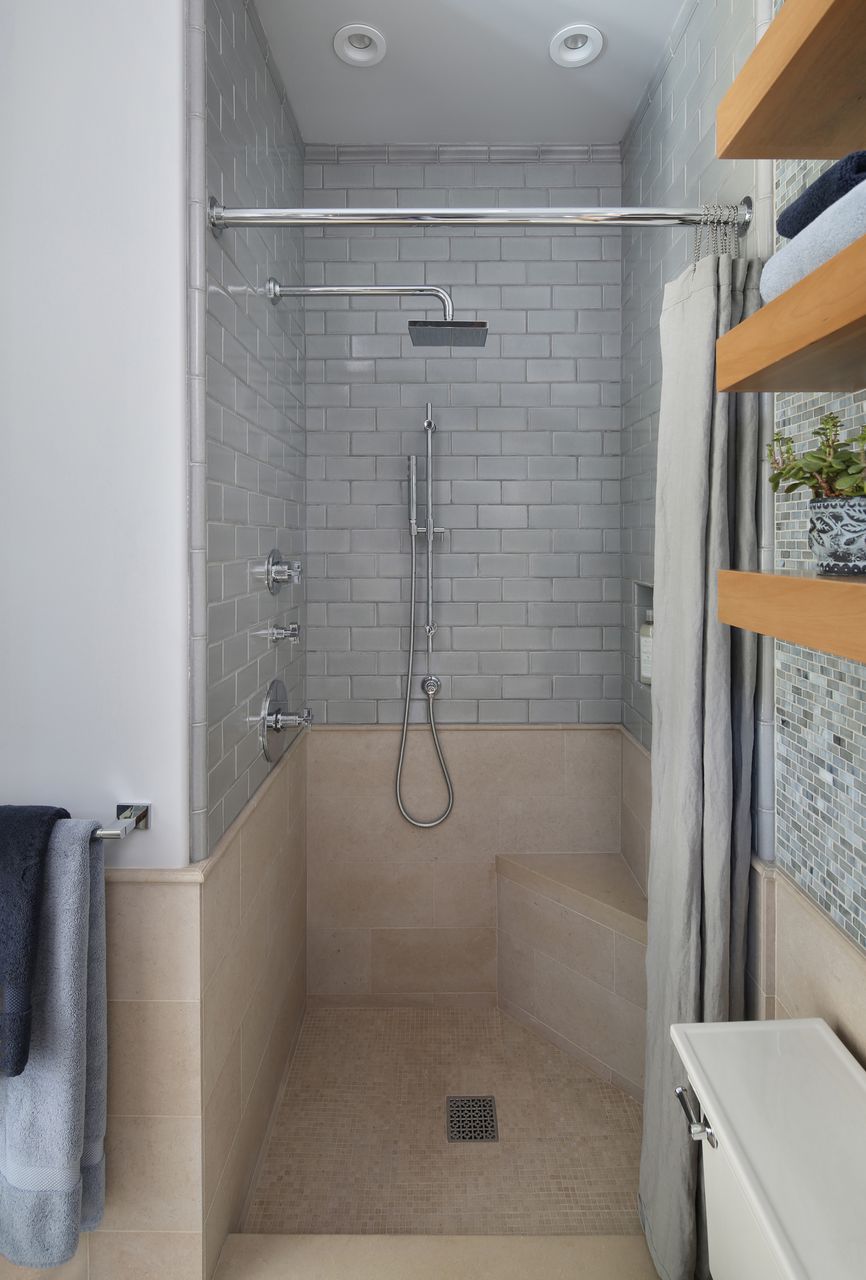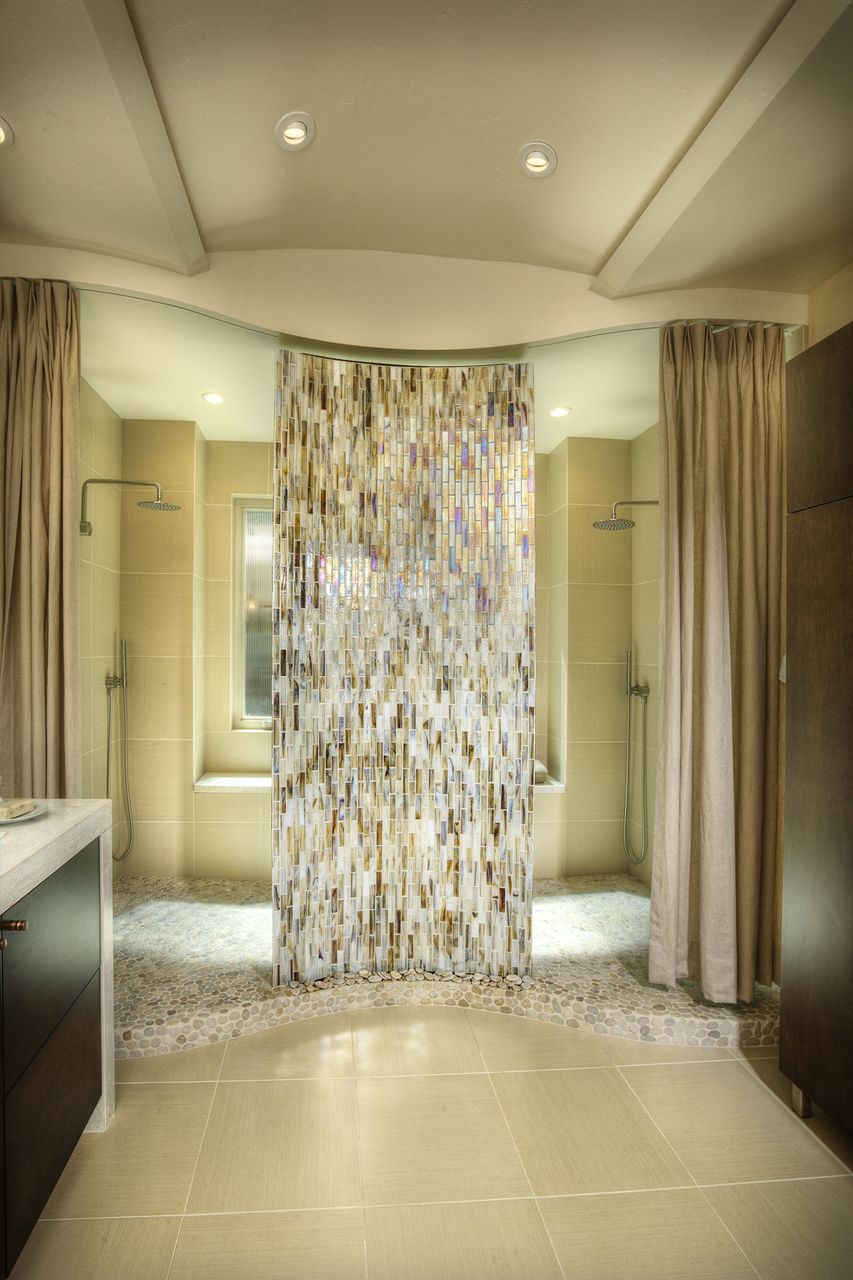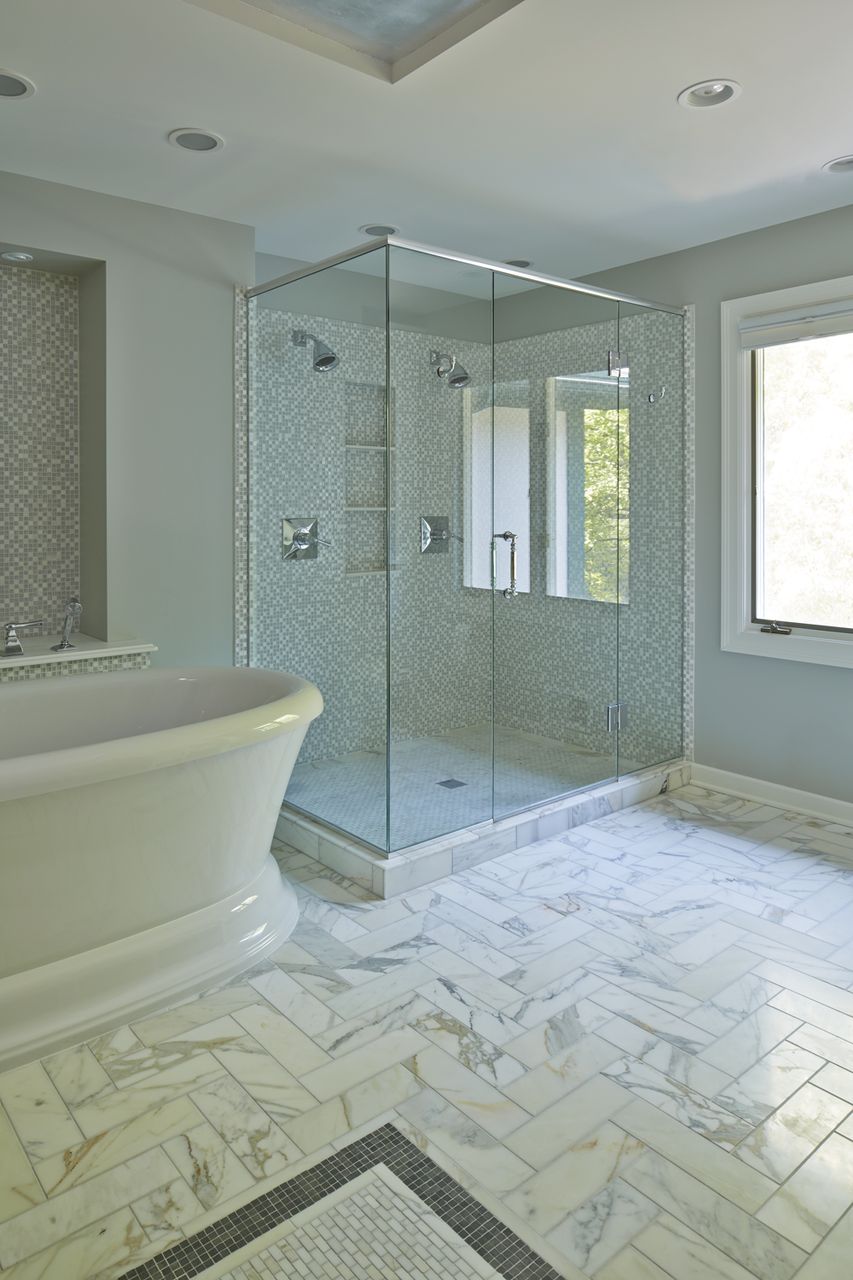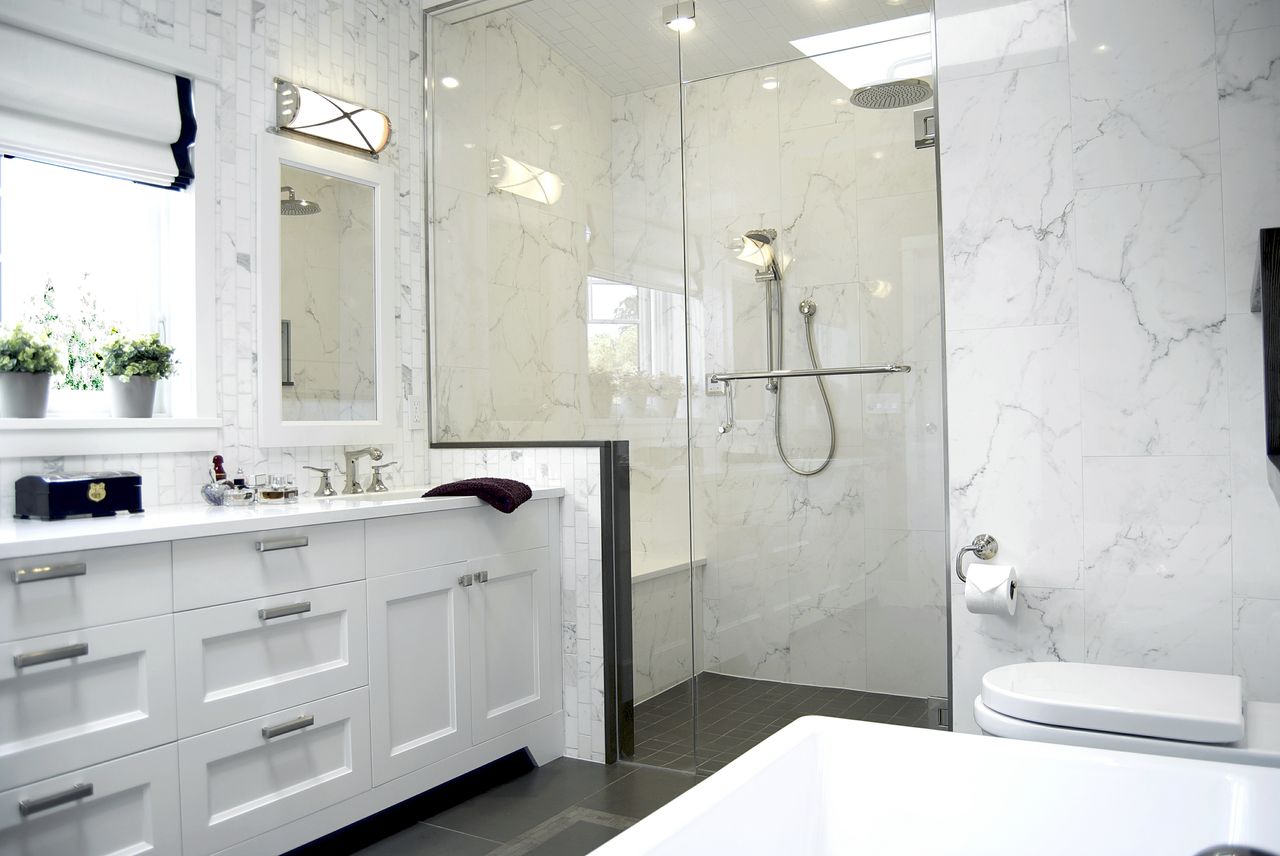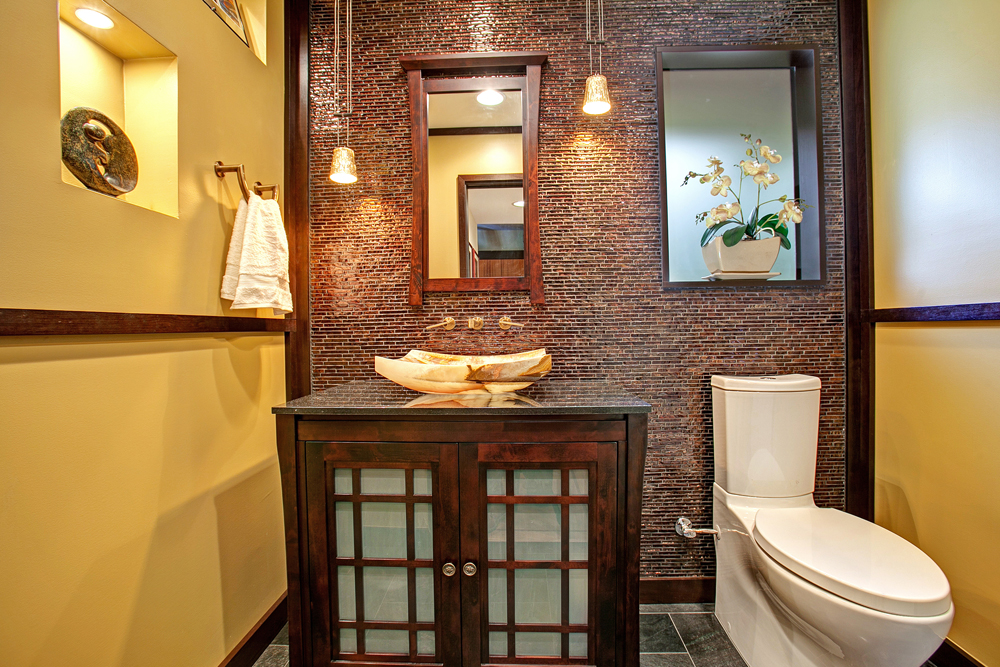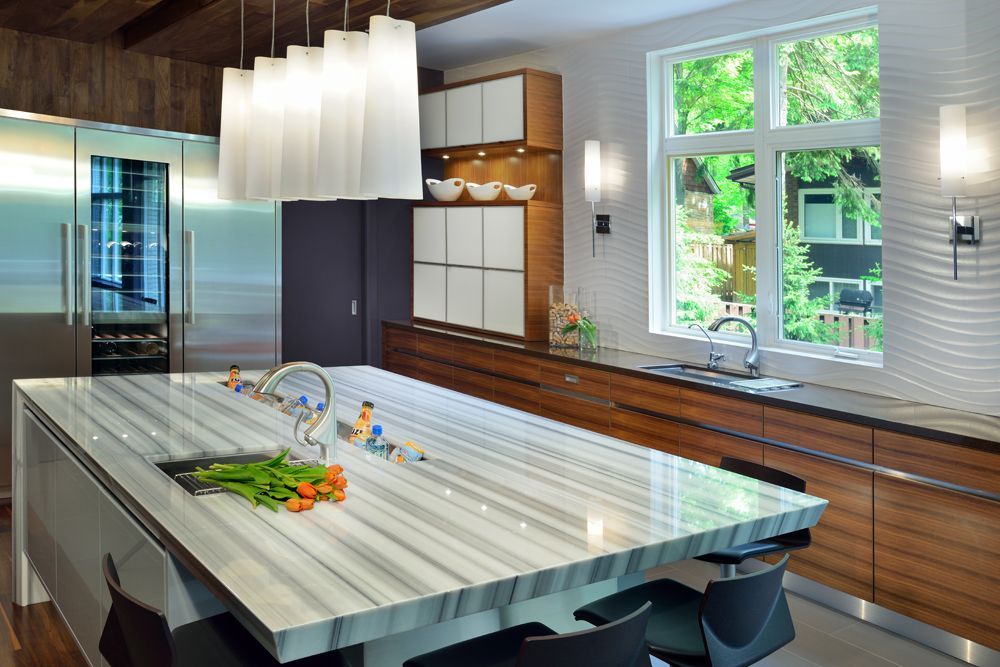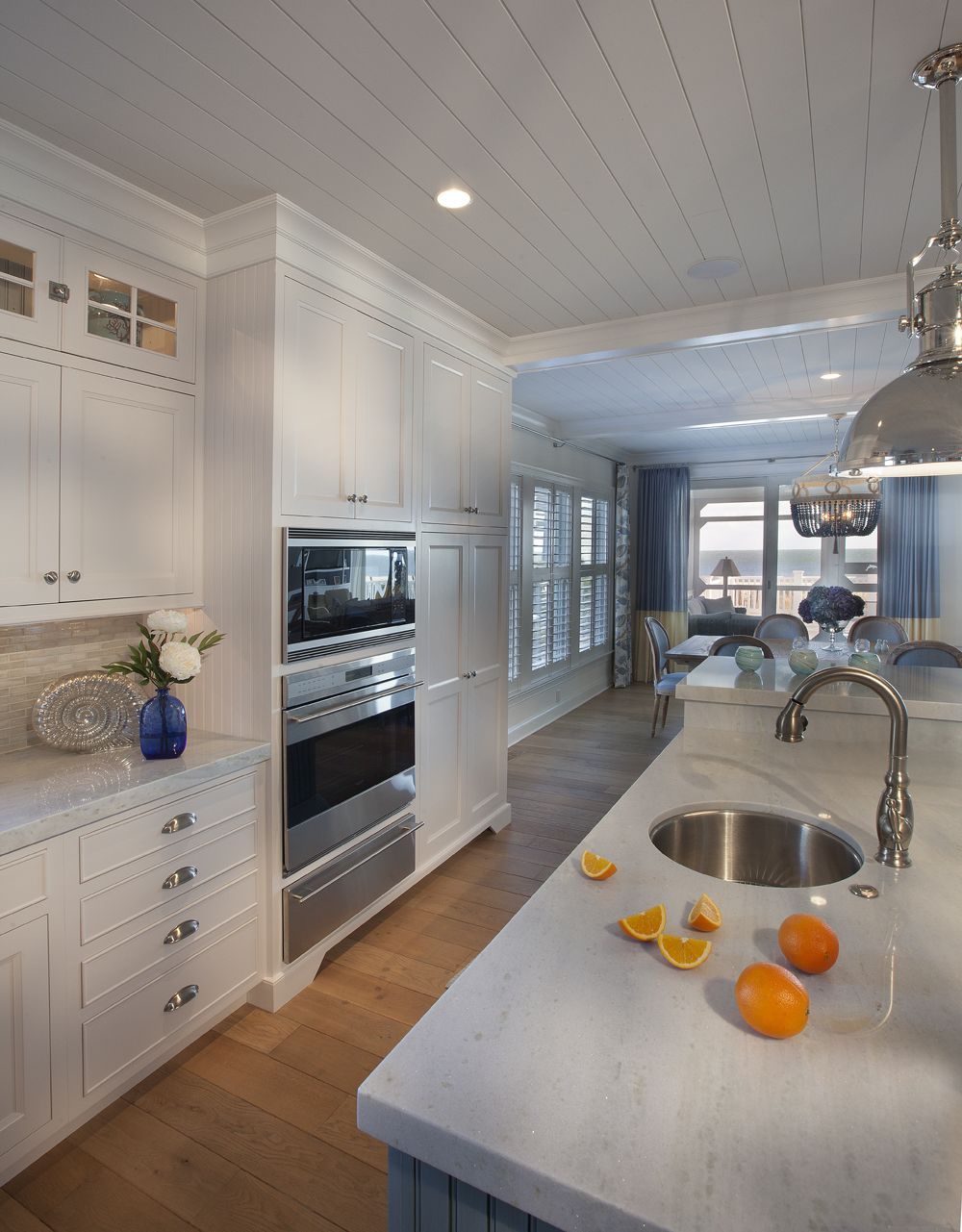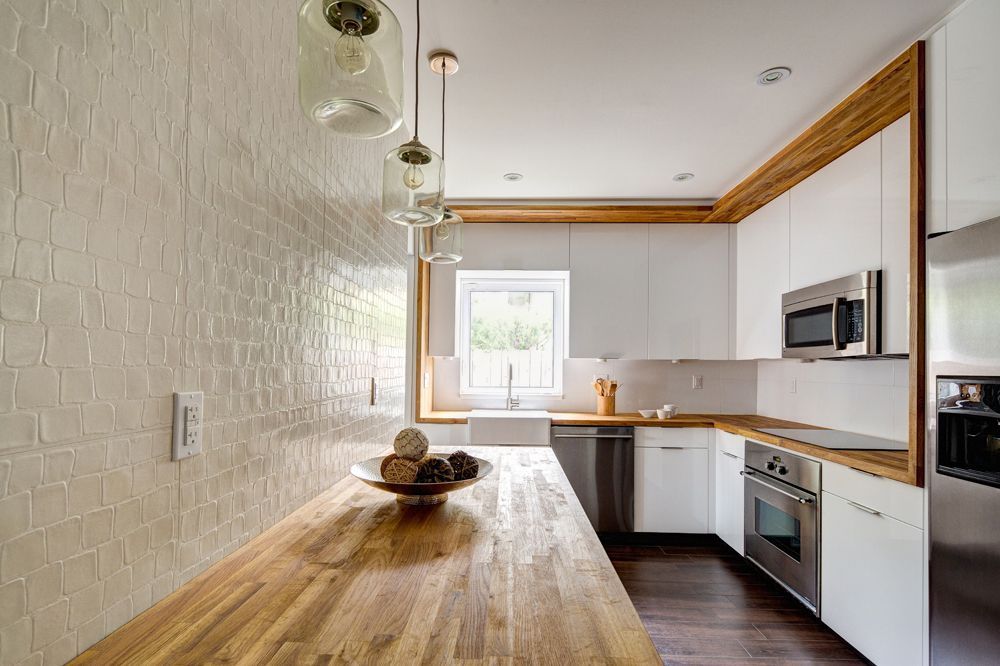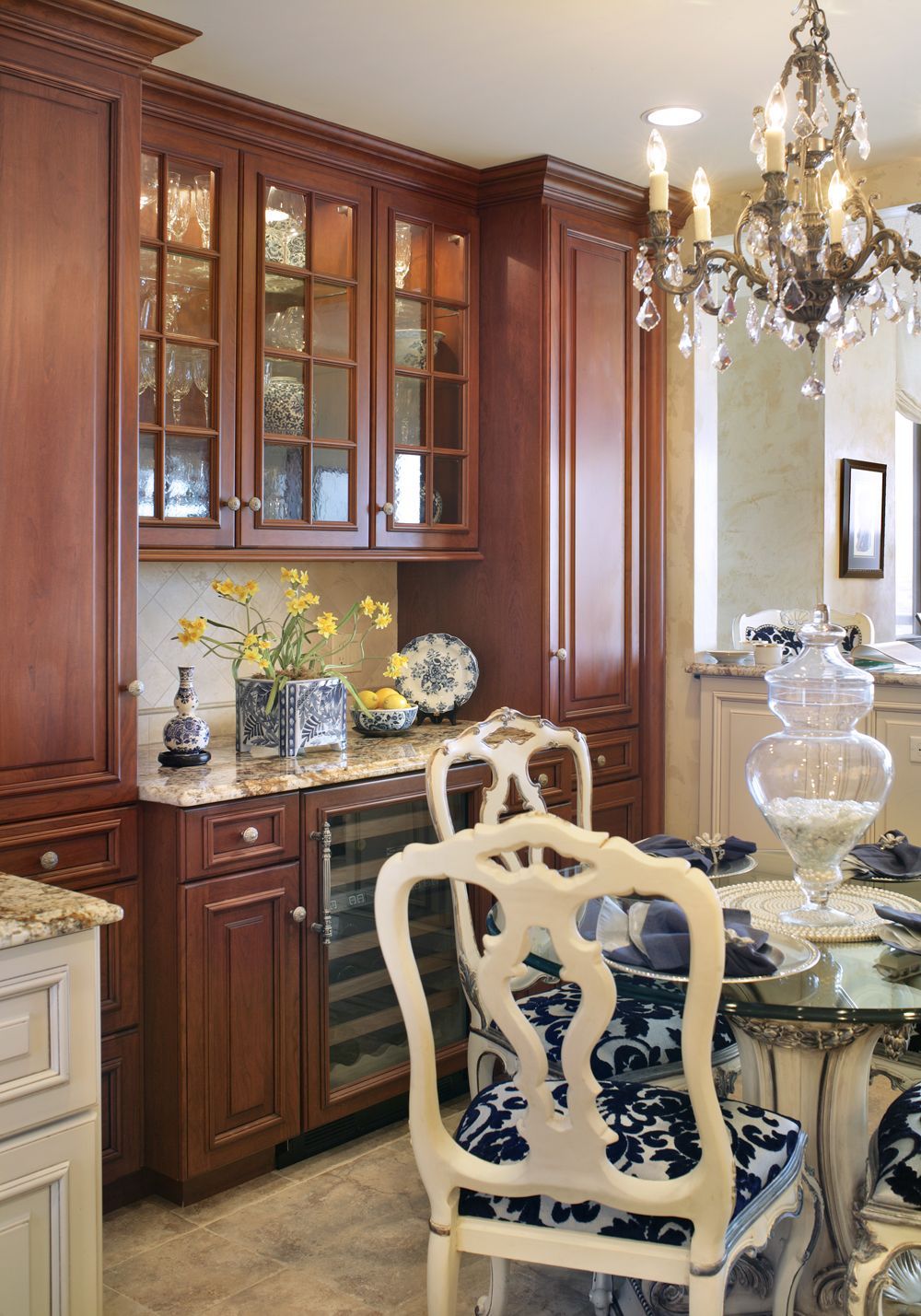When it comes to kitchen and bath design trends for both single-family and multifamily residences, contemporary is in, with clean, minimal lines and little ornamentation.
Universal design amenities and easy-maintenance features are also trending, according to a recent survey of more than 420 kitchen and bath design professionals by the National Kitchen and Bath Association (NKBA).
This year, consumers want kitchens that have “simple lines and not as much frou-frou, and are more about good storage and space planning,” summed up one NKBA designer.
Consumers want bathrooms to be “spaces to retreat and relax,” commented one member, “with luxurious details whenever possible.” Another sees “a general move toward simplicity in style, minimal color, but maximizing the features and storage.”
They are also demanding more universal design features. Fifty-seven percent of NKBA designers specified accessible or universal design features in bathrooms in 2013, and 56% incorporated them into kitchens. A majority of respondents anticipate adding more of these features, such as shower benches, comfort-height toilets, and vanities in baths; and microwave drawers and touch-activated or touch-less kitchen faucets in 2014.
The demand for easy maintenance spaces and products is also growing.
Bathroom design trends
1. Beige, bone and gray are hot and getting hotter
2. Universal design is becoming more universal
3. Soaking tubs are in the spotlight
4. Shower seating is here to stay
5. Radiant floors may be heating up
6. Steam showers are gaining steam
7. No holding back on no-threshold showers
8. Comfort is key when it comes to toilets and vanities
Kitchen Design Trends
9. Granite is on top, but quartz is catching up
Some 70% of respondents see quartz countertops increasing in 2014. At the end of 2013, granite and quartz were almost tied for the top spot in countertop materials, at 91% and 90% respectively.
10. Stainless is timeless
11. Pullout faucets still pulling ahead
12. Microwave drawers beating out warming drawers
13. Gray and white are hand-in-hand
14. LEDs outshine incandescents
15. Cherry tops the wood types in cabinets
16. Flooring stays steady with wood, ceramic/porcelain
Related Stories
| Feb 15, 2011
Iconic TWA terminal may reopen as a boutique hotel
The Port Authority of New York and New Jersey hopes to squeeze a hotel with about 150 rooms in the space between the old TWA terminal and the new JetBlue building. The old TWA terminal would serve as an entry to the hotel and hotel lobby, which would also contain restaurants and shops.
| Feb 15, 2011
New Orleans' rebuilt public housing architecture gets mixed reviews
The architecture of New Orleans’ new public housing is awash with optimism about how urban-design will improve residents' lives—but the changes are based on the idealism of an earlier era that’s being erased and revised.
| Feb 15, 2011
LAUSD commissions innovative prefab prototypes for future building
The LA Unified School District, under the leadership of a new facilities director, reversed course regarding prototypes for its new schools and engaged architects to create compelling kit-of-parts schemes that are largely prefabricated.
| Feb 15, 2011
New 2030 Challenge to include carbon footprint of building materials and products
Architecture 2030 has just broadened the scope of its 2030 Challenge, issuing an additional challenge regarding the climate impact of building products. The 2030 Challenge for Products aims to reduce the embodied carbon (meaning the carbon emissions equivalent) of building products 50% by 2030.
| Feb 15, 2011
New Urbanist Andrés Duany: We need a LEED Brown rating
Andrés Duany advocates a "LEED Brown" rating that would give contractors credit for using traditional but low cost measures that are not easy to quantify or certify. He described these steps as "the original green," and "what we did when we didn't have money." Ostensibly, LEED Brown would be in addition to the current Silver, Gold and Platinum ratings.
| Feb 15, 2011
AIA on President Obama's proposed $1 billion investment in energy conservation
The President’s budget increases the value of investment in energy conservation in commercial buildings by roughly $1 billion, reports AIA 2011 President Clark Manus, FAIA. The significant increase from the current tax deduction of $1.80 per sq. ft. now on the books is an increase for which the AIA has been advocating in order to encourage energy conservation.
| Feb 14, 2011
Sustainable Roofing: A Whole-Building Approach
According to sustainability experts, the first step toward designing an energy-efficient roofing system is to see roof materials and systems as an integral component of the enclosure and the building as a whole. Earn 1.0 AIA/CES learning units by studying this article and successfully completing the online exam.


